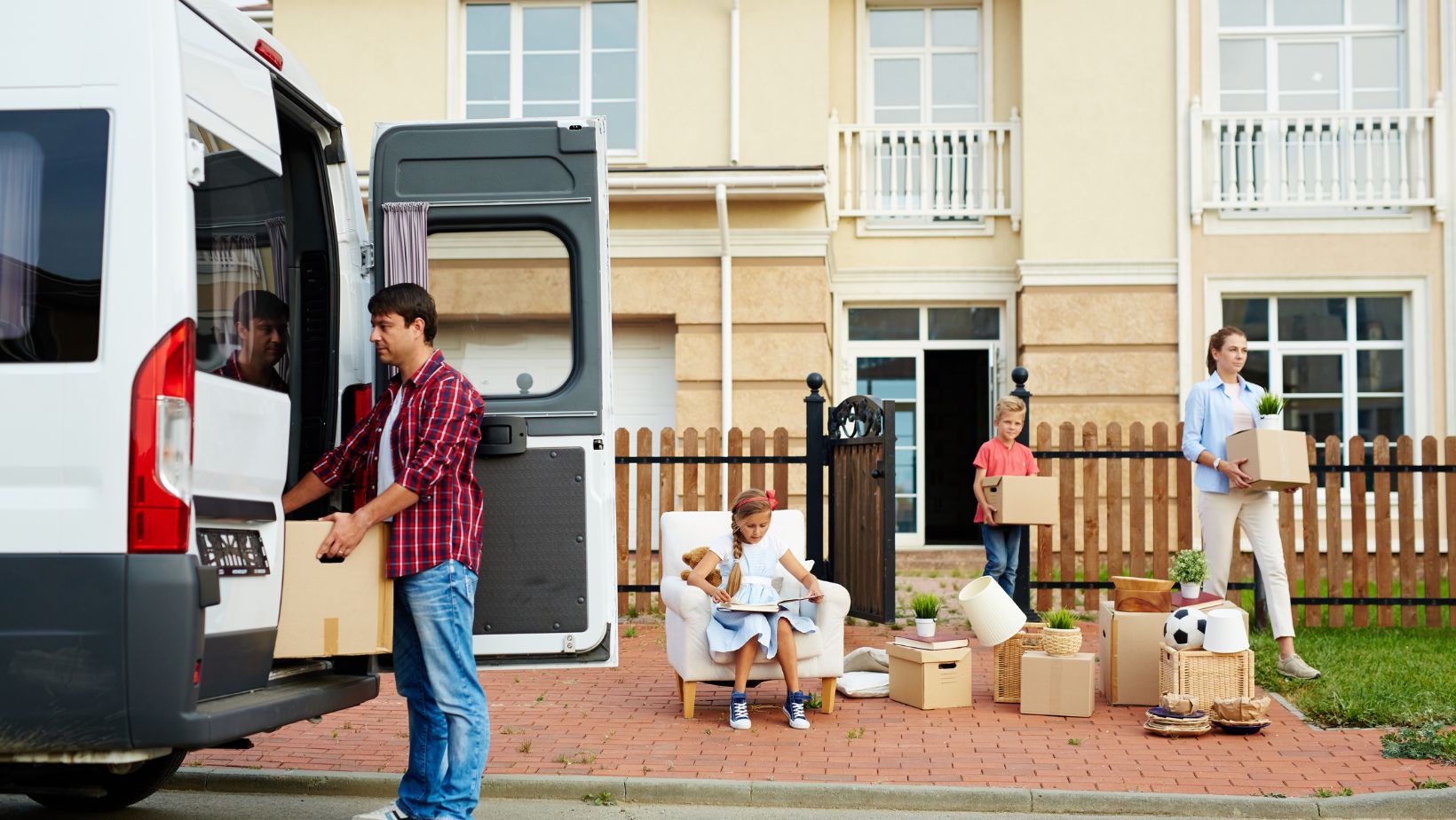
Moving a home gym isn’t just another box-packing exercise – it’s a complex operation involving thousands of dollars worth of heavy, awkward equipment that can easily be damaged or cause injury if handled incorrectly. Whether you’re relocating a few dumbbells or a full-scale setup with cardio machines and power racks, proper planning and execution are crucial. In some cases, especially in multi-level or garage setups, mezzanine floor solutions can also play a role in optimizing space before or after the move. This guide will walk you through every step of moving your fitness equipment safely, efficiently, and without throwing your back out in the process.
Planning Ahead – What To Do Before Moving Day
Take Inventory And Make Tough Decisions
Before you start dismantling equipment, conduct a thorough inventory assessment. That dusty ab roller might not be worth the moving space, while your premium adjustable dumbbells definitely make the cut. Create three lists: must-move items, items to sell, and equipment that might be cheaper to replace than transport. Factor in the age and condition of your equipment – hiring interstate movers and moving interstate might be the perfect excuse to upgrade that creaky treadmill.
Space Planning Is Critical
Don’t assume your new space will accommodate everything – measure twice, move once. Key measurements include:
- Ceiling height (crucial for power racks and tall machines)
- Door widths and heights (including frame removal possibilities)
- Available floor space (including clearance for movement)
- Stairwell dimensions and turns (if applicable)
- Floor load capacity (especially important for apartment moves)
Create a detailed floor plan of your new workout space, accounting for power outlets, natural light, and ventilation. Remember that rubber flooring or mats might need to be cut to fit the new dimensions.
How To Safely Move Different Types Of Gym Equipment
Cardio Machines – The Technical Challenge
Modern cardio equipment combines heavy mechanical components with sensitive electronics – a challenging combination. Here’s your machine-specific guide:
Treadmills
- Remove the safety key and unplug all power connections
- Photograph the console settings and save user data if possible
- Fold and lock the deck if it’s a folding model
- Remove or secure the console to prevent damage
- Use furniture sliders under the base for ground-floor moves
- Never lift by the handrails – they’re not designed for that stress
Exercise Bikes And Ellipticals
- Lower seat and handlebars to the most compact position
- Remove pedals (they’re often reverse-threaded on one side)
- Secure any moving arms with zip ties or straps
- Cover consoles with bubble wrap and cardboard
- Consider removing the console completely for transport
Weights & Dumbbells – Strategic Packing Required
Free weights require careful planning to prevent damage to both the weights and your moving vehicle:

- Use small, sturdy boxes (preferably double-walled)
- Limit weight to 50 pounds per box maximum
- Line boxes with padding to prevent metal-on-metal contact
- Pack similar weights together for better balance
- Label boxes with exact weight contents for safer handling
- Consider weight distribution in the moving vehicle
Weight Machines & Power Racks
These pieces require the most preparation but can be moved safely with proper planning:
Disassembly Tips
- Photograph everything from multiple angles before starting
- Create a labeled bag system for hardware (zip-lock bags work well)
- Mark cable routing with colored tape for easier reassembly
- Document the order of disassembly – you’ll reverse it later
- Keep assembly manuals or download digital copies
- Consider videoing the disassembly process
Protection Measures
- Wrap frame sections in moving blankets
- Protect chrome and painted surfaces from scratches
- Coil cables carefully and secure with zip ties
- Pack weight plates separately from frames
- Use edge protectors on corners and sharp edges
Yoga, Resistance Bands & Accessories
Small items need organized packing to prevent loss and damage:
- Roll yoga mats with fabric straps (avoid rubber bands)
- Use PVC tubes to store and protect resistance bands
- Pack foam rollers inside each other when possible
- Keep small items like clips and carabiners in sealed containers
- Label everything clearly – these items tend to get scattered
Hiring Movers Vs. DIY – Making The Right Choice
Professional and affordable house movers bring expertise and insurance coverage, but they come at a premium. Consider professional help if:
- You have multiple heavy cardio machines
- Your equipment needs to navigate stairs
- You’re moving long-distance or interstate
- Time is more valuable than money
- You have irreplaceable or extremely expensive equipment
When hiring movers:
- Verify their insurance covers fitness equipment or take out additional insurance yourself
- Ask about their experience with gym equipment
- Get detailed quotes, including assembly/disassembly
- Check reviews specifically mentioning fitness equipment moves
Loading & Transporting – The Strategic Approach
Whether using professionals or moving yourself, proper loading is crucial:

- Load heaviest items first, closest to the cab
- Distribute weight evenly side-to-side
- Use appropriate tie-downs and straps
- Never stack equipment unless specifically designed for it
- Use moving blankets between pieces
- Fill gaps to prevent shifting during transport
Setting Up In Your New Home
Establish a systematic approach to setup:
- Clean and prepare the space first or hire cleaners to do so
- Install flooring protection if needed
- Assemble large equipment before unpacking smaller items
- Test all equipment thoroughly before full use
- Keep assembly tools organized and accessible
- Document any issues for insurance purposes
Common Mistakes To Avoid
- Underestimating time needed for disassembly
- Forgetting to check building regulations about equipment
- Not protecting floors during the move
- Losing essential hardware or manuals
- Rushing reassembly and missing crucial steps
- Not testing equipment properly after setup
Your Moving Day Game Plan
Essential tools needed:
- Complete socket and wrench set
- Allen key set (metric and imperial)
- Power drill with bit set
- Pliers and wire cutters
- Level and measuring tape
- Camera for documentation
- Basic cleaning supplies such as microfibre cloth or isopropyl wipes.
Remember, moving gym equipment is a marathon, not a sprint. Take your time, prioritize safety, and don’t be afraid to ask for help when needed. Once everything’s set up in your new space, celebrate with a light workout – you’ve earned it! And always remember to safe workout practices with resistance bands and any other gym equipment.












